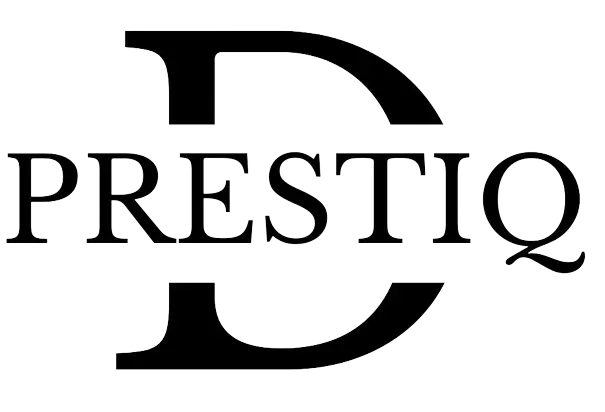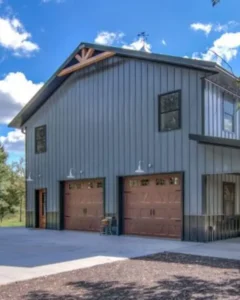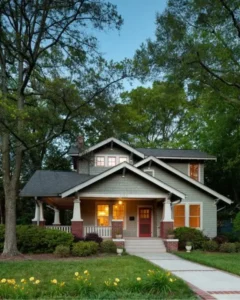What is Home Automation Design
Home automation design mainly focuses on automating various aspects of a user’s residence, such as lighting, temperature control, and appliance operation. The objective is to create a seamless, secure, and energy-efficient living environment. As I’ve discovered, one of the fundamental elements in home automation design is the incorporation of sensors. These sensors include thermostats for heating and air conditioning control, as mentioned on uplan.io.
There are various approaches available for designing a home automation system. For instance, plug-in automation control serves as a simple solution for controlling appliances and lighting through small hub boxes that plug into wall sockets (HGTV). Alternatively, more sophisticated setups involve integrated control panels and remote access through smartphones or other handheld devices.
The choice of home automation design depends on your preferences, your budget, and the desired level of automation. It’s essential to research the various options and technologies available, keeping in mind the specific requirements of your home. Remember, a well-designed home automation system can significantly enhance your living experience and conserve precious energy.
Design Software for Home Automation
CAD Pro
CAD Pro is an excellent tool for designing smart house plans and adding elements like outlets, light fixtures, alarms, doors, and windows. With its Smart Alignment Tools, I could easily align and arrange everything perfectly. Additionally, the software offers beautiful colors and textures for floors, counters, and walls, making visualization a breeze.
YOUVI Basic software package
YOUVI Basic software package enables reliable control of all the basic tasks of a KNX Smart Home. It’s specifically designed for managing lighting solutions, monitoring building automation, and operating home automation systems.
Sketchup Pro
Sketchup Pro is suitable for both simple 3D models and highly detailed designs of your property. What’s fascinating to me is their ability to animate walkthroughs, revealing potential remodeling ideas for home automation projects.
Modern Trends in Home Automation
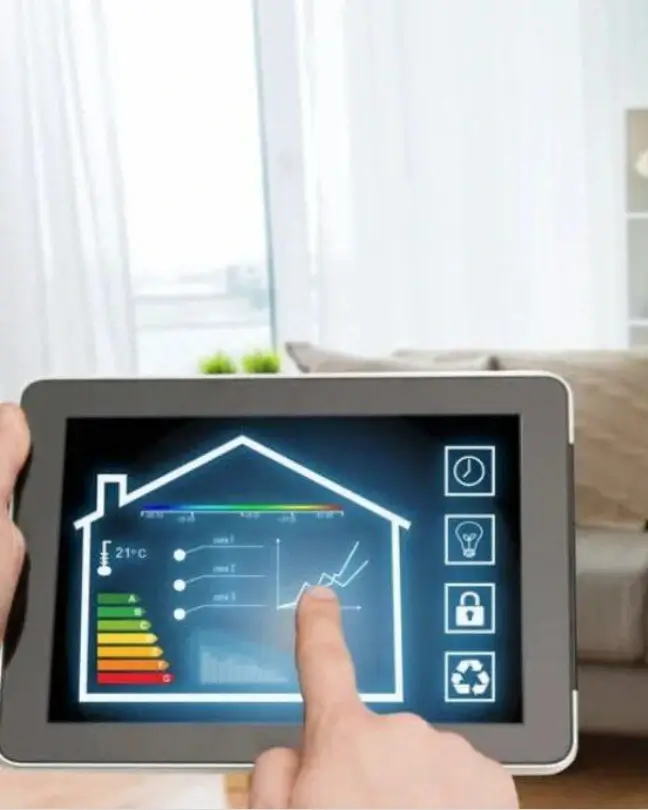
As our homes become smarter, special attention should be given to the design aspect of these incredible technologies.
One of the most notable trends in home automation is integration. Nowadays, it’s common to see devices and systems fully integrated, working seamlessly together in our living spaces. Tech-savvy homeowners are looking for ways to blend their smart devices with their surroundings for a smarter and more efficient home. The growing popularity of energy-saving systems is also playing a significant role in modern home automation designs. Homeowners are increasingly opting for smarter energy systems to save money and contribute to environmental sustainability.
Along with integration and energy-saving systems, artificial intelligence is also transforming the home automation landscape. AI-driven systems are making it possible for our homes to learn from our habits and adapt to fit our preferences and needs. From adjusting lights to managing security and temperature, these systems are designed to offer ultimate convenience and performance.
On top of these advancements, another trend taking the modern home automation realm by storm is voice control. With the advent of virtual assistants like Amazon Alexa and Google Assistant, homeowners are now able to control their devices using simple voice commands. As voice recognition technology improves, we’re expecting to see even more intuitive and personalized voice-controlled systems in the near future.
Challenges in Home Automation Design

Firstly, selecting the right sensors is vital for a successful home automation design. Thermostats, for instance, are important for controlling air conditioners and heating systems uPlan.io. Motion detection sensors, gas detection sensors, and flame sensors are also commonly used elements in home automation designs ResearchGate.
Another challenge I come across is ensuring security in home automation systems. With the increasing interest in smart, connected devices and the growth of the Internet of Things (IoT), a secure wireless home automation design is of paramount importance. Designers need to constantly be aware of potential vulnerabilities and take measures to protect user data.
Lastly, another major hurdle is the need to strike a balance between functionality, user experience, and cost. Home automation systems have historically been associated with luxury apartments and high-tech buildings due to their steep prices ResearchGate.
Future Prospects of Home Automation Design
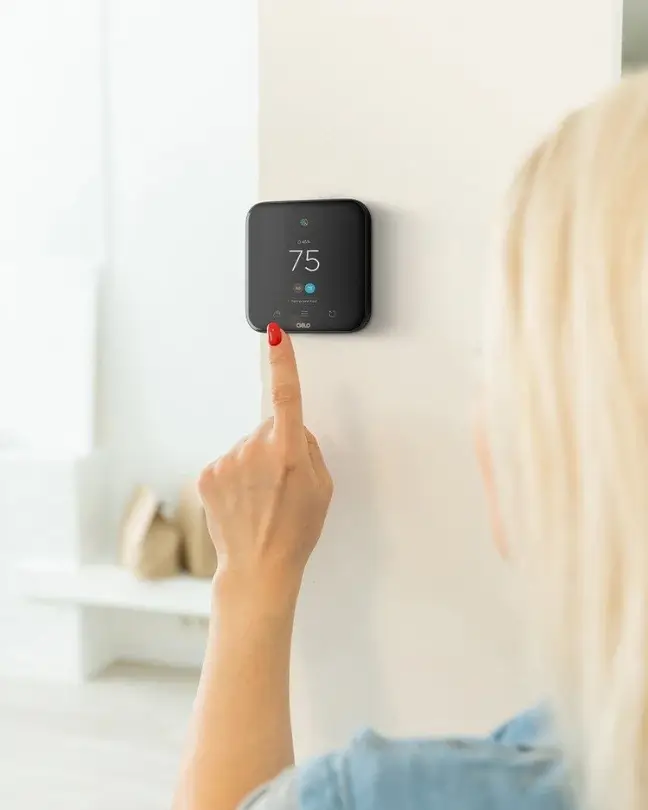
I can’t help but feel excited about the future of home automation design. As technology continues to advance, we’re witnessing a whole new world of possibilities that make our lives more convenient and efficient.
One aspect we can expect to see in the future is the widespread adoption of home automation systems. Previously considered a luxury, now they have become much more affordable and accessible to a broader range of homeowners. Consequently, we can expect more residences to include these systems in their design, leading to a significant shift in the home environment.
Another trend that’s catching my eye is the seamless integration of various automated devices and functions. In the near future, we’ll likely witness a more cohesive and unified home automation experience that enables homeowners to control not just their lighting and security, but also their appliances, entertainment systems, and more.
Furthermore, energy conservation will play an increasingly significant role in home automation design. Automated systems can optimize energy use and contribute to sustainable living by adjusting thermostats, turning off lights, and even managing solar panels – all without sacrificing comfort.
FAQ
What are the challenges of home automation?
The challenges of home automation include limited features and functionalities, high costs, lack of standardization, privacy and security concerns, and difficulty of setup and maintenance.
What should be included in home automation?
A basic home automation system should include a smart hub, a smartphone application, and a smart device. More advanced systems can include features such as lighting control, temperature control, security systems, entertainment systems, and voice control.
What are 10 disadvantages of automation?
Ten disadvantages of automation include high initial costs, high maintenance requirements, lack of flexibility, job displacement, security risks, limited creativity and innovation, over-reliance on technology, potential for system failures, negative environmental impacts, and increased economic inequality.
If you liked this blog article about the topic: Home Automation Design, don’t forget to leave us a comment down below to tell us about your experience.
Feel free to also check out our Articles from the category “Home Automation“
